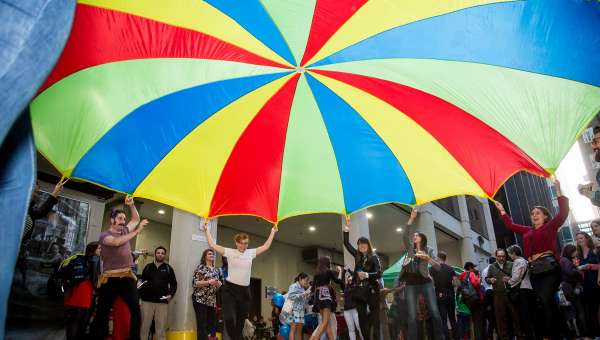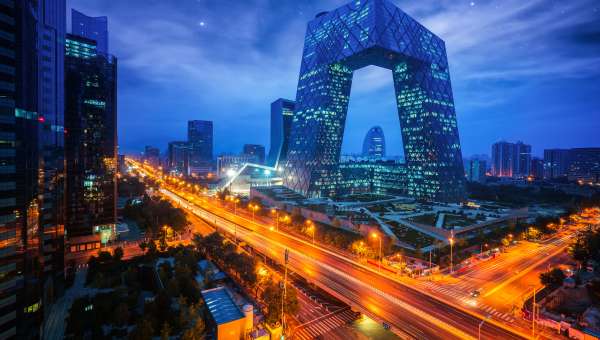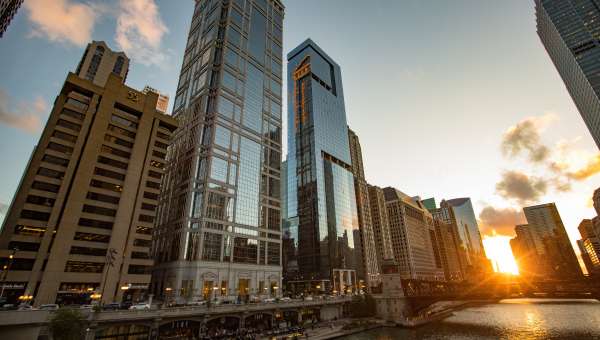Posted 5 years ago in Arts and Culture
3 MIN READ - “The Chicago Loop Alliance's program was inspiring to hear about, and I look forward to referencing it as we pursue our own placemaking endeavors here in Bellingham, Washington.”
— Lindsey Payne Johnstone, Events Director at Downtown Bellingham Partnership
A series of panel discussions from industry experts explored how to make and brand a place in downtowns and other urban districts at the Place Branding and Placemaking Summit in Huntsville, Alabama. As a panelist under the topic How Art, Tech, and Design Influences Placemaking, Chicago Loop Alliance’s very own Director of Planning, Kalindi Parikh, discussed the Loop’s successful placemaking initiatives.
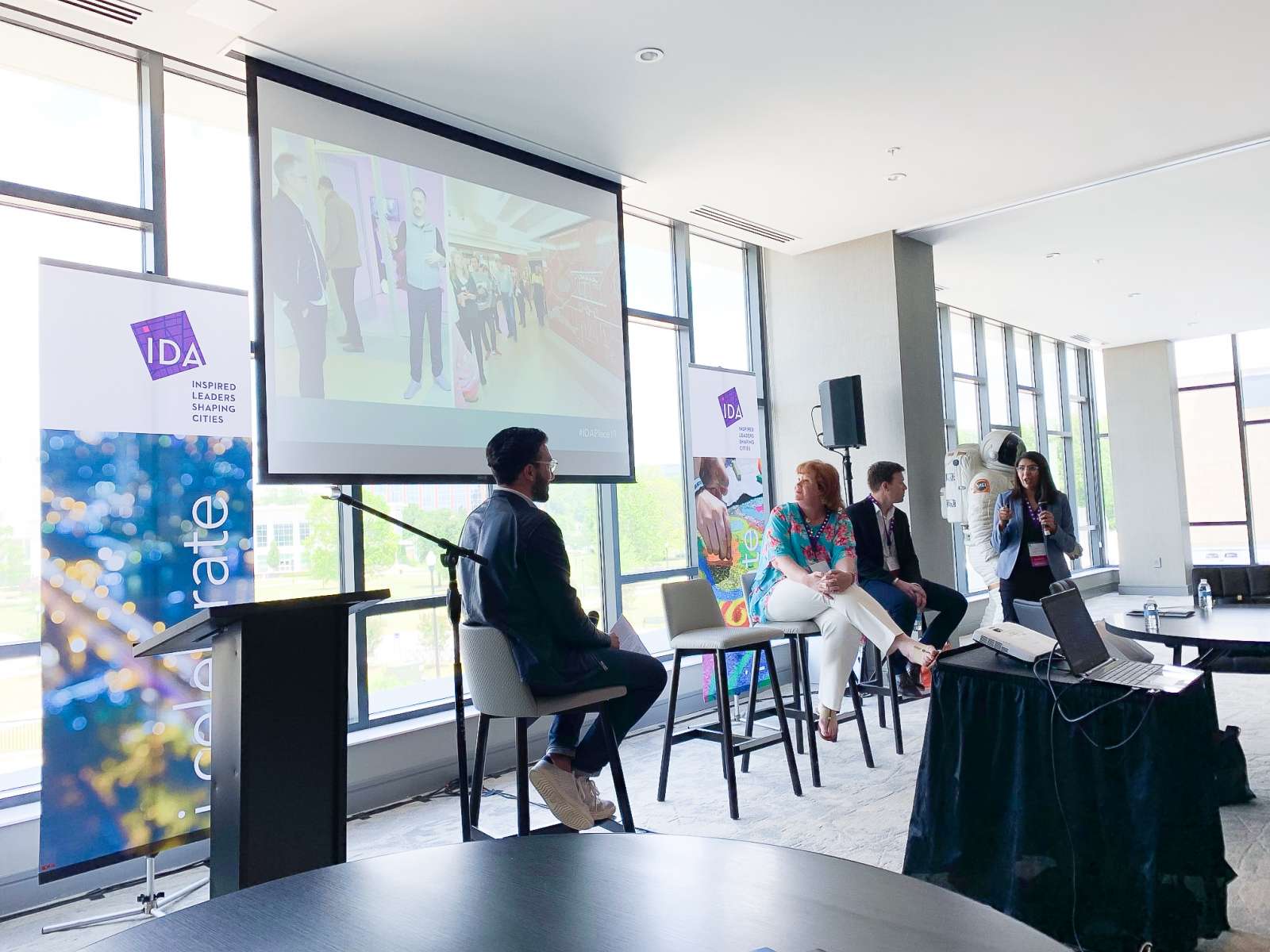
Kalindi oversees CLA’s placemaking initiatives, innovative projects identified to make the Loop a vibrant destination for locals as well as visitors and promote economic development. These initiatives focus on turning unexpected spaces into assets for the Loop and using spaces like alleys as unconventional venues for arts and culture. Typically, placemaking projects are temporary and demonstrate a “proof of concept,” that can inspire more lasting change.
One of CLA’s first placemaking initiatives was The Gateway, where a drab median on Wacker Drive and State Street was transformed into a popular gathering place. Dubbed as a“people plaza” by the City of Chicago, it is awash with canopied tables, chairs, banners, and planters to give people an unimagined comfort in the space and attract people to the businesses nearby. The success of this project lends context to conversations about the future of the Gateway and State Street as a whole.
Parikh argued that Placemaking doesn’t always have to result in a permanent physical change. ACTIVATE is a prime example. Launched in 2014, this series of pop-up arts programs help people see the Loop in a new light. The event transforms alleys and other urban locations into creative exhibition spaces that bring artists and the public together for an evening of exploration, interaction, and celebration of the arts.
“While it’d be nice to turn every alley into a beautiful park, Chicago’s alleys are hardworking and necessary,” said Parikh. “But transforming those places temporarily brings great economic impact and creates wonderful memories for participants. Plus, ACTIVATE introduces people to arts and culture by bringing the best artists of Chicago’s neighborhoods into the Loop and giving them a platform to display their work to a new audience. Programs like this create opportunities for the Loop to be unique and exciting for tourists, employees, and residents alike, and turns the Loop into a hub for local art.”
In the winter of 2018, CLA introduced a placemaking initiative called Short-Cuts in collaboration with Space p11. It transformed overlooked spaces in the Chicago Pedway into unexpected and memorable places through pop-up performances and exhibitions.
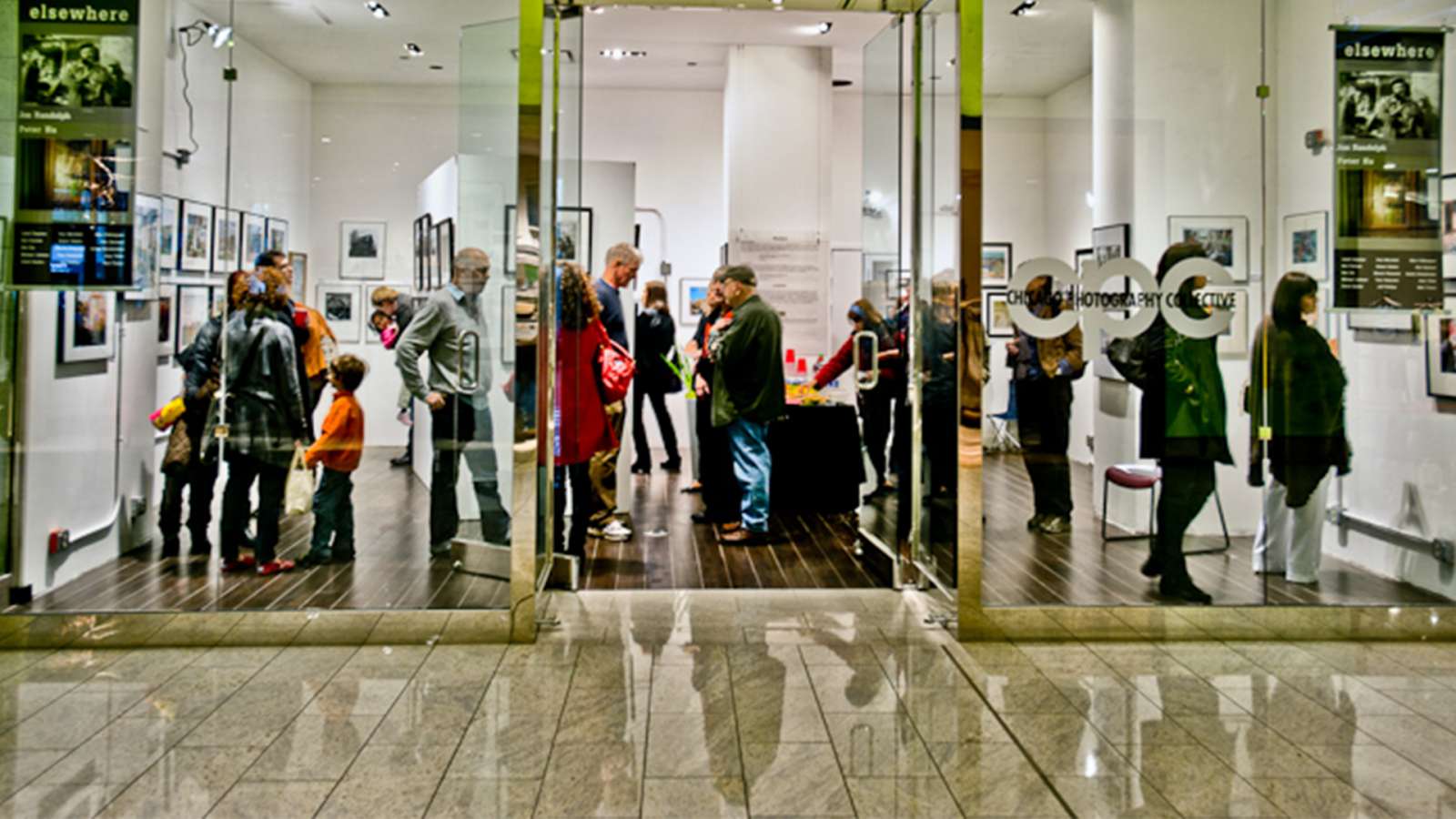
“The Pedway is a strange place to do placemaking,” said Parikh. “It’s hard to navigate, it’s dark and dirty, and people don’t know it exists. We partnered with artists to activate this space, and it got a lot of attention from local news outlets. We noticed some parts of the Pedway undergoing renovation and cleaning efforts. This project created momentum that could lead to a bigger change as various organizations around the city band together to determine the Pedway’s future.”
The arts and cultural elements of CLA’s placemaking initiatives are carefully weaved into each experience as they have a strong appeal to the public. According to a recent study by CLA, the arts in the Loop is responsible for $2.25 billion in economic impact to the downtown and the city every year. This includes $1.4 billion from institutions, $600 million from their visitors and $250 million from visitors to public art, who spend their money on meals, retail, and transportation.

